Place your adverts here on InfoDig @ low rates; banner ads, sponsored links and guest articles etc. Contact us
By Dr Anirejuoritse Chima-Oduko & and Yusuf Yusufari
As World Polio Day is being celebrated, the reemergence of polio in Gaza serves as a reminder polio anywhere is a threat everywhere and we all must call for sustained vigilance and effort for global eradication. There is a need for renewed commitment and global cooperation. Success stories, such as Nigeria’s polio-free declaration in 2020, provide a roadmap to achieving this, writes Yusuf Yusufari.
Polio is a preventable, highly infectious disease that affects children under 5 years of age. It is caused by a virus that invades and damages the nervous system, leading to irreversible paralysis and occasionally death when breathing muscles become immobilized.
Once a global scourge that caused permanent disability to over 350,000 children in over 125 countries, cases have been reduced by 99%; thanks to government leadership, effective vaccines and the support of the Global Polio Eradication Initiative; proving that sustained global cooperation and tailored community outreach can defeat even the most daunting of diseases.
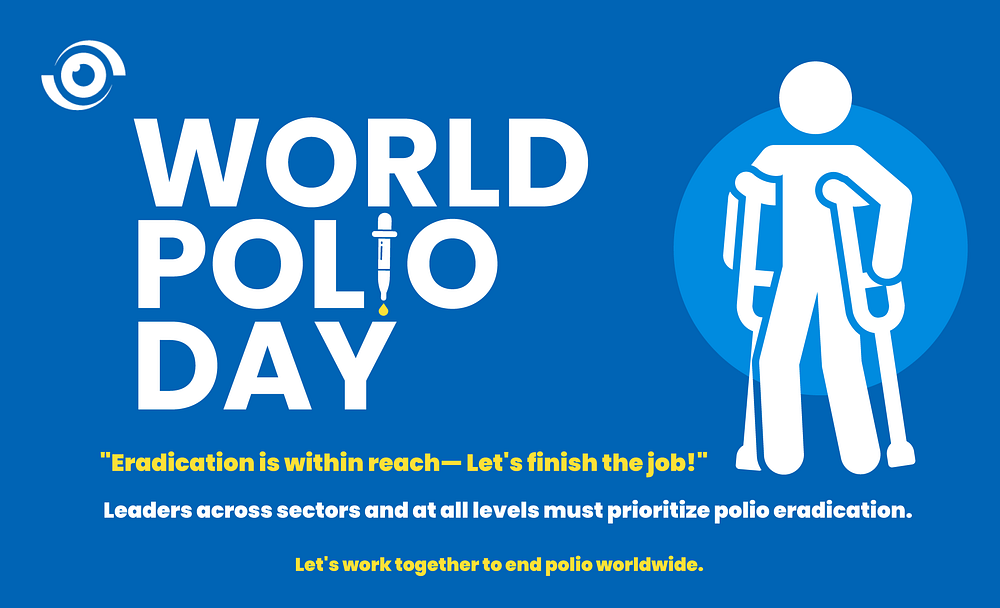 Image credit: Nigeria Health Watch
Image credit: Nigeria Health WatchThe world now stands on the threshold of eradicating this disease — only one other human disease, smallpox was eradicated in 1980. However, wild poliovirus remains endemic in two countries — Afghanistan and Pakistan, and the recent re-emergence of polio in Gaza, after 25 years of progress, starkly highlights that the fight is not yet over. There remains a need for sustained vigilance and increased effort to end this disease.
Vaccinations coupled with effective disease surveillance have been the backbone of polio eradication efforts globally. The vaccines are affordable and effective. The vaccines also cause herd immunity — the indirect protection of unvaccinated individuals when a sufficiently substantial number of people in that population have been vaccinated to stop transmission. Despite this, misinformation surrounding vaccines poses a major challenge in many communities, fueling hesitancy and preventing full immunization coverage, which is critical in stopping the spread of polio. Unfortunately, these misconceptions spread rapidly by social media and other mediums and can create distrust in vaccines and health authorities, making it difficult for healthcare workers to vaccinate children. The danger in this is that if just one child is infected with polio, an outbreak could occur putting children in all countries at risk of contracting polio.
Other contributing factors to poor immunization coverage include socio-economic barriers in poverty-stricken regions where people are understandably more concerned about daily survival than immunization, knowledge gaps on the importance of immunization, healthcare worker shortages, poor governance structures, and weak disease surveillance systems.
Cross-border transmission also remains a risk, with polio being easily spread across borders, hindering control efforts. Like many similar diseases, there is a need for sustained collaboration and cooperation between countries to mitigate the risk of outbreaks.
Additionally, geopolitical and environmental challenges complicate attempts to achieve universal vaccination. In conflict zones and remote regions, reaching every child requires overcoming significant obstacles, such as poor infrastructure, transportation challenges, interruptions in vaccine supply chain and ensuring the safety of health workers in volatile environments. Political instability further compounds these difficulties — as we recently witnessed in Gaza and Ukraine- making it hard for governments and NGOs to maintain consistent and effective immunization campaigns amid unrest.
We have also witnessed many success stories across the world and in Africa.
A notable example is Nigeria. Once a polio hotspot, the country was declared wild polio-free in 2020 after years of sustained vaccination campaigns. This achievement was made possible by strong government leadership at all levels, a strong healthcare workforce, and effective community engagement. Trusted community leaders were encouraged to join vaccination campaigns, dispelling myths and promoting vaccination, ensuring that even the most vulnerable children were reached, thus underscoring the power of grassroots engagement in overcoming the final hurdles to polio eradication.
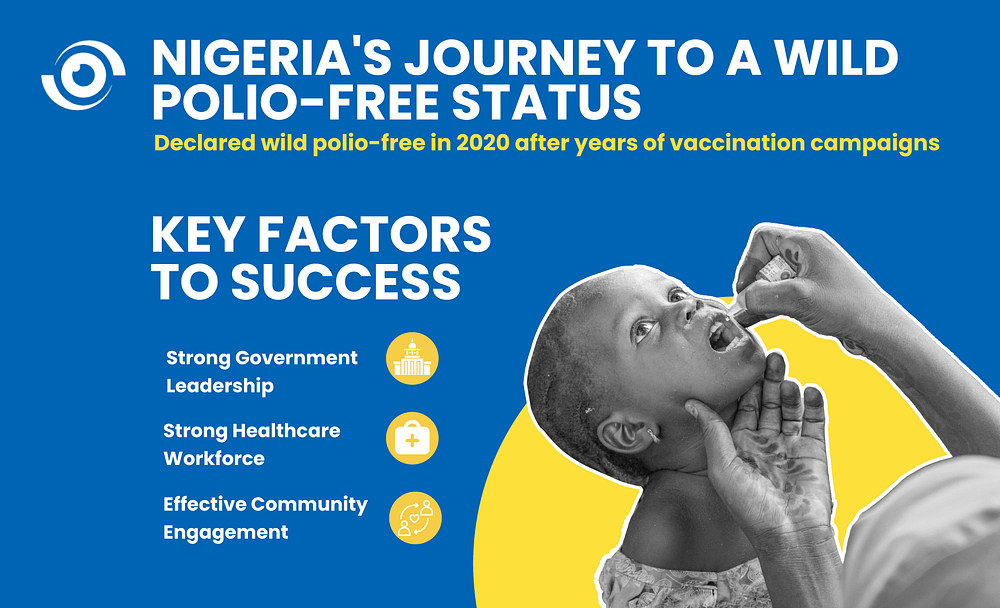 Image credit: Nigeria Health Watch
Image credit: Nigeria Health WatchFollowing thorough assessments in Malawi and Mozambique the wild poliovirus type 1 (WPV1) outbreak in Malawi and Mozambique was officially closed in May, marking a significant milestone in the fight against polio in the African region. The last WPV1 case in the African Region, linked to a strain circulating in Pakistan, was reported in Mozambique´s Tete Province in August 2022. A total of nine cases were detected in Mozambique and neighboring Malawi, where the outbreak was declared in February 2022. In a coordinated response, more than 50 million children have been vaccinated to date against the virus in southern Africa. This achievement is a testament to what can be accomplished when we work together with dedication and determination.
Innovative approaches also have a huge impact. The use of mobile technology and Geographic Information System (GIS) mapping have revolutionized the way communities are targeted, and vaccines are delivered. In many places, volunteer health workers are using mobile apps to reach every community and track vaccination progress in real-time, ensuring no child is missed. However, this technology is yet to be circulated and used widely in places like Nigeria.
Advances in vaccine technology, such as new vaccines like the novel oral polio vaccine (nOPV2) that are more effective in challenging environments, have further bolstered eradication efforts. These technological advances, coupled with on-the-ground efforts, are helping overcome logistical barriers and bringing the world closer to eradicating polio.
The lynchpin to polio eradication is collaboration. Countries cannot move forward on their own and Nigeria’s success in becoming polio-free exemplifies the power of collaboration. We have seen this through robust global partnerships between our government, donor organizations, Rotary International., UNICEF, the World Health Organization, Gavi, the Vaccine Alliance, NGOs, healthcare workers, and local communities. We must continue to leverage this and seek new allies such as social media influencers and the media. Health education for parents, caregivers and influential community leaders must be prioritized.
As we mark World Polio Day, we must not become complacent. Leaders across sectors and at all levels must continue to prioritize polio eradication until the job is finished.
The world has shown great resilience in the face of complex challenges. Now, we must keep up the momentum, resources, and determination needed to ensure that no child, no matter where they live, is paralyzed by polio again. A polio-free world is only possible if donors, polio-affected country governments, and global advocates rally together and renew financial and political commitments to end polio. Now, more than ever, we must renew our global commitment to eradicating polio once and for all, ensuring a healthier, polio-free future for all children.
Dr Anirejuoritse Chima-Oduko, Public Health Physician at The Lagos University Nigeria and Yusuf Yusufari, Interim Deputy Director, Immunization and Disease Control, Bill & Melinda Gates Foundation, Nigeria

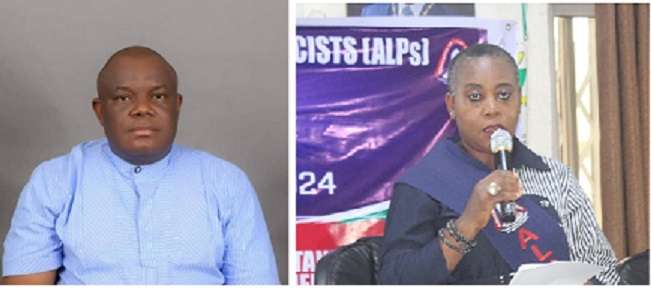

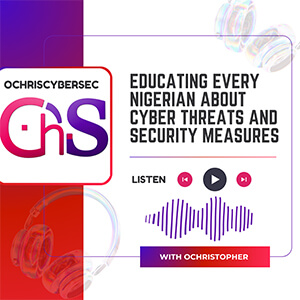
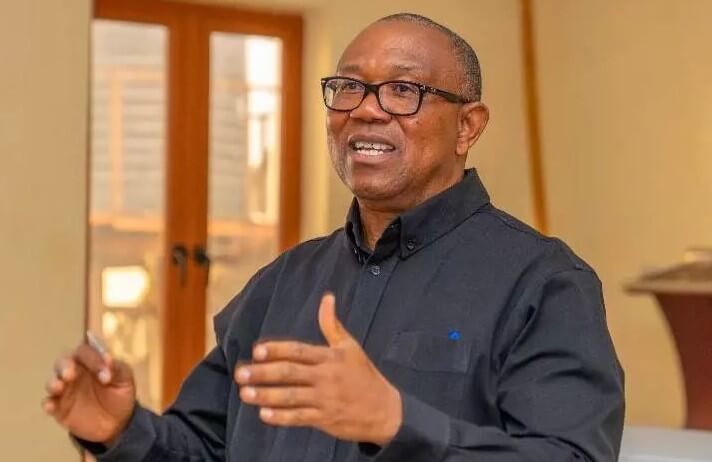


)





